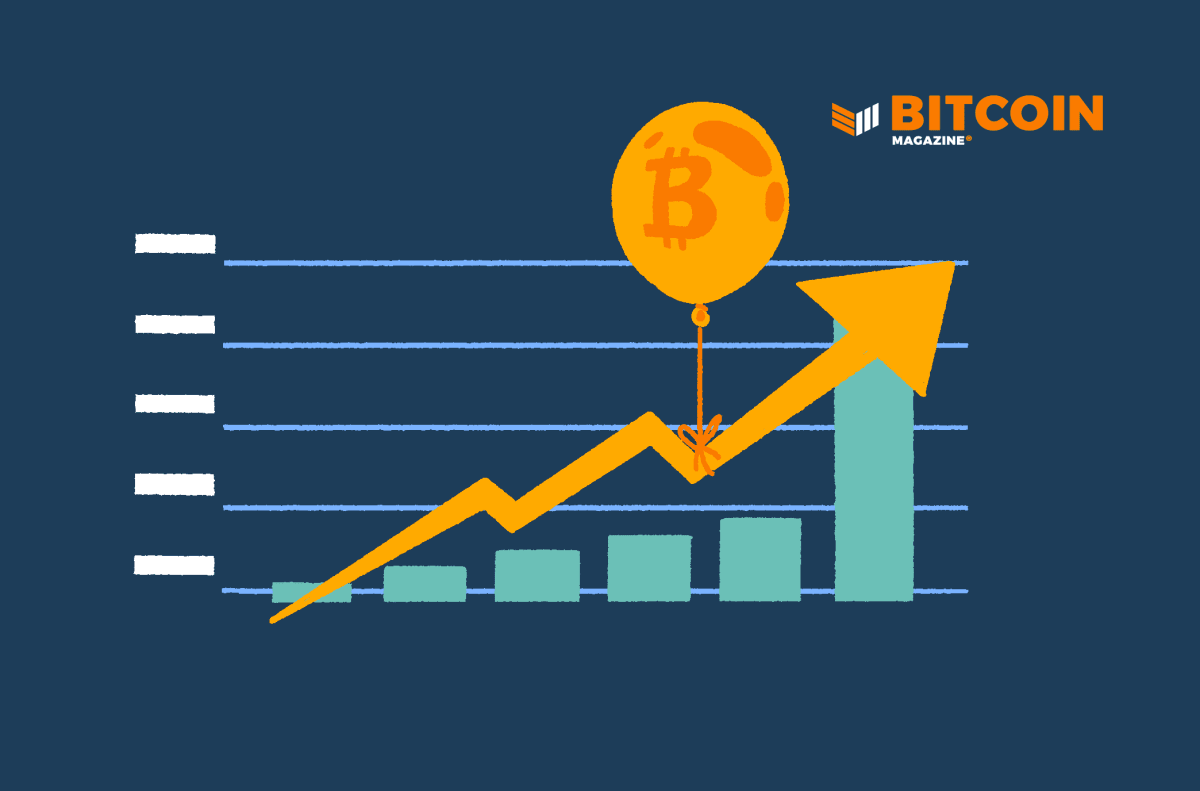That’s the situation with Twitter, meaning they’re not forcing those bonds into the secondary market, which means the secondary market won’t have to reprice all sorts of CLOs (collateralized loan obligations) and leverage product, but it’s gonna dribble that way, Dylan, it’s gonna start dribbling that way.
It’s not a crisis like subprime, per se. What it is is a crisis of confidence. And the confidence is a slow bleed versus a subprime default or the realization that structured product like the Lehman Brothers situation, or excuse me, it wasn’t Lehman, it was a Bear Stearns hedge fund that blew up on subprime mortgage debt. That was the canary in the coal mine that just started everything; that was the repricing of the secondary market in 2007. Where are we today? We are in a situation, as you mentioned, that the 60/40 portfolio has just been decimated. Back in 2007, the Fed was able to cut rates and bonds rallied because yields were — if memory serves — right around where they are today. There was room for the Fed to cut.
It wasn’t trading at 1.25 or even 25 basis points, which is where the Fed has come from to the current 3.25%. There was room for them to cut rates to provide a buffer; bond prices rise, yields fall, as everybody knows. There was a buffering effect there, but we don’t have that luxury right now.
As you mentioned, that 60/40 portfolio: worst performance in a hundred years. The NASDAQ has never been down double digits with long bonds being down double digits in the same quarter. Why? Well, the NASDAQ’s only been around since 1970-something, and long bonds have never lost double digits in the last 50 years. They have if you go way back to the depression, if I remember correctly.
The point is the 60/40 portfolio has experienced the worst drawdown in probably close to a century. And Lyn Alden laid this out really well. In terms of a capital destruction number, I think something like $92 trillion of wealth has been vaporized in our battle with inflation this cycle. Compare that to the 2008 timeframe when there was only about $17 trillion of wealth that had been vaporized. We’re talking orders of magnitude larger. We’re talking about a USA debt spiral where 130% government debt to GDP doesn’t leave you with a lot of room.

